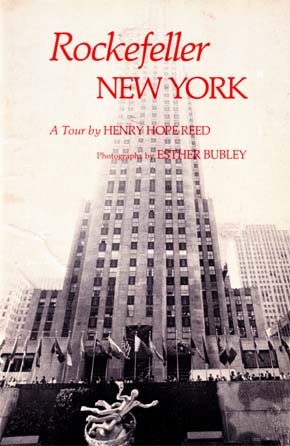INTRODUCTION
New York, in the course of its history, has seen certain families achieve great eminence. These families usually have not ruled, or even dominated the city. They have simply come to stand first, above all others, and, in so doing, helped to give a forceful thrust to the city's progress.
The first were the deLanceys. The name is forgotten today although it lingers on a street on the Lower East Side, the one leading to the Williamsburg Bridge. In the 18th century the deLanceys were the city's richest family. More, one of them, James deLancey, was to rule the colony. It was through him that Kings College, today Columbia University, obtained its charter. The family virtually disappeared with the American Revolution as the deLanceys were nearly all Tories, but they had been New York's largest real estate owners, as well as the richest.
The second on the scene was the Astor family. John Jacob Astor arrived in the city at the close of the Revolution. After gaining prominence as the city's leading merchant through fur trading, he turned to real estate and, by the 1830s, was the city's leading real estate owner. In 1848, on his death, he was the country's richest man. The great Astor monument is the New York Public Library.
The third was the Vanderbilt family. They came to the top in the 1870s, not through real estate but through railroads, notably the New York Central System. Their dominance was consolidated when they built large private residences on Fifth Avenue and became leaders of society and fashion.
The Rockefellers are the fourth family. They came to prominence in the 1920s, although John D. Rockefeller had been the nation's richest man since about 1880. The other families may have enjoyed more power or may have been leaders of fashion, but not one of them has helped shape the city as have the Rockefellers.
The construction of Rockefeller Center beginning in 1929 was the project which announced their presence. Even before then, however, they had begun to leave their mark. The first was the Judson Memorial Church on Washington Square, followed shortly by Rockefeller Institute for Medical Research (now called The Rockefeller University) and, later, its neighboring institution, Memorial Sloan-Kettering Cancer Center. Also, there have been buildings and complexes of buildings where they have been participants, if not the guiding spirit, notably Lincoln Center and the World Trade Center. But even on their own they have created some of the city's major monuments.
A tour of the city underscores what they have done. An easy way is to start at the northern end of Manhattan and then southward.
 Rockefeller New York
Rockefeller New York

